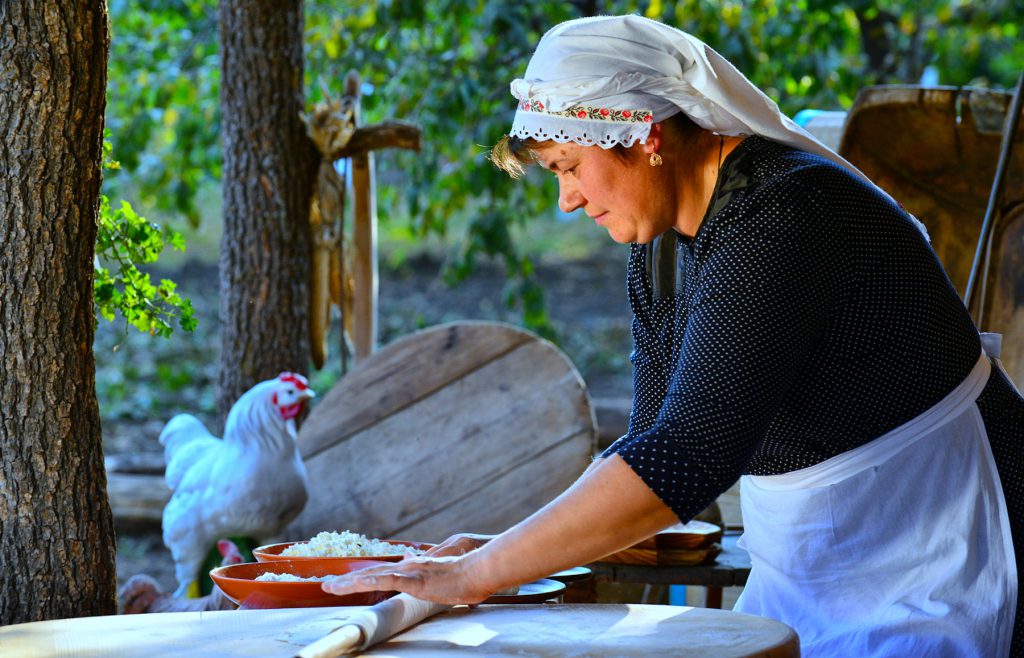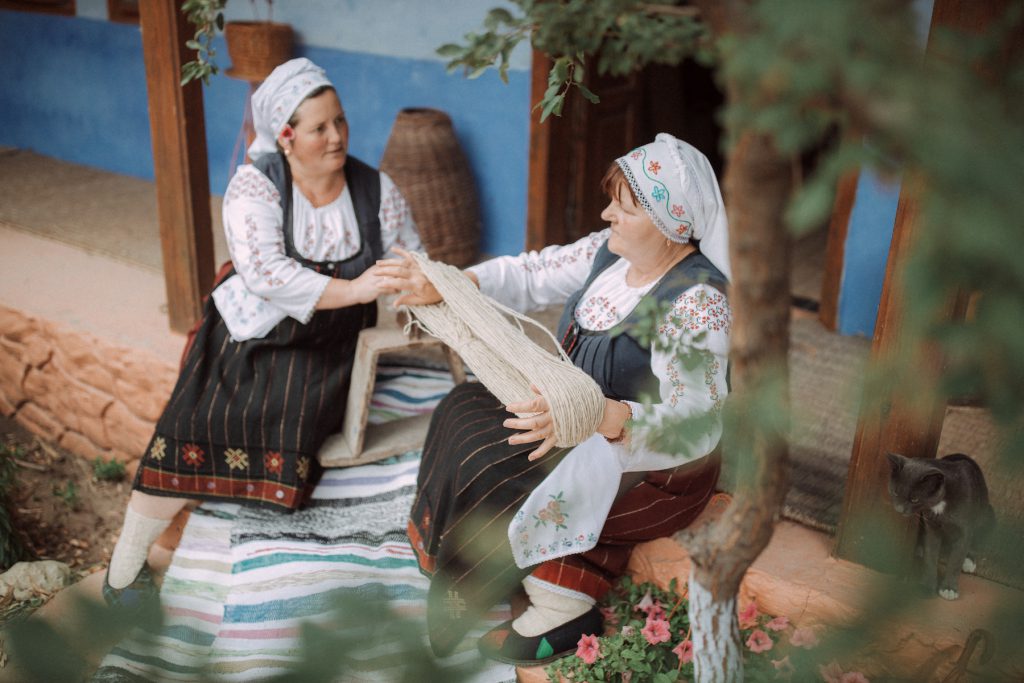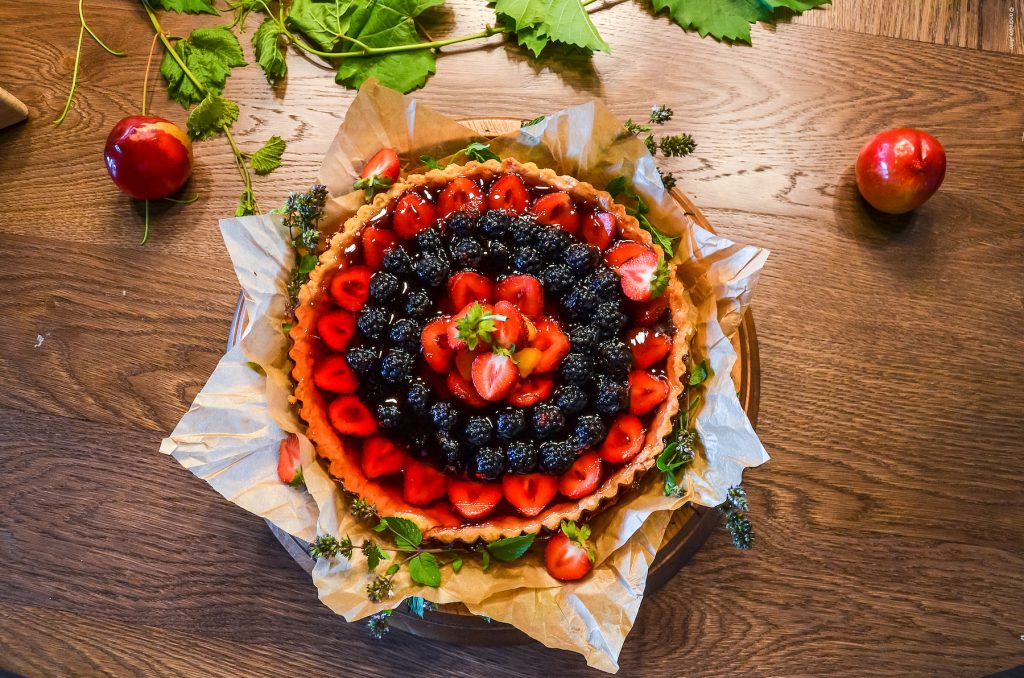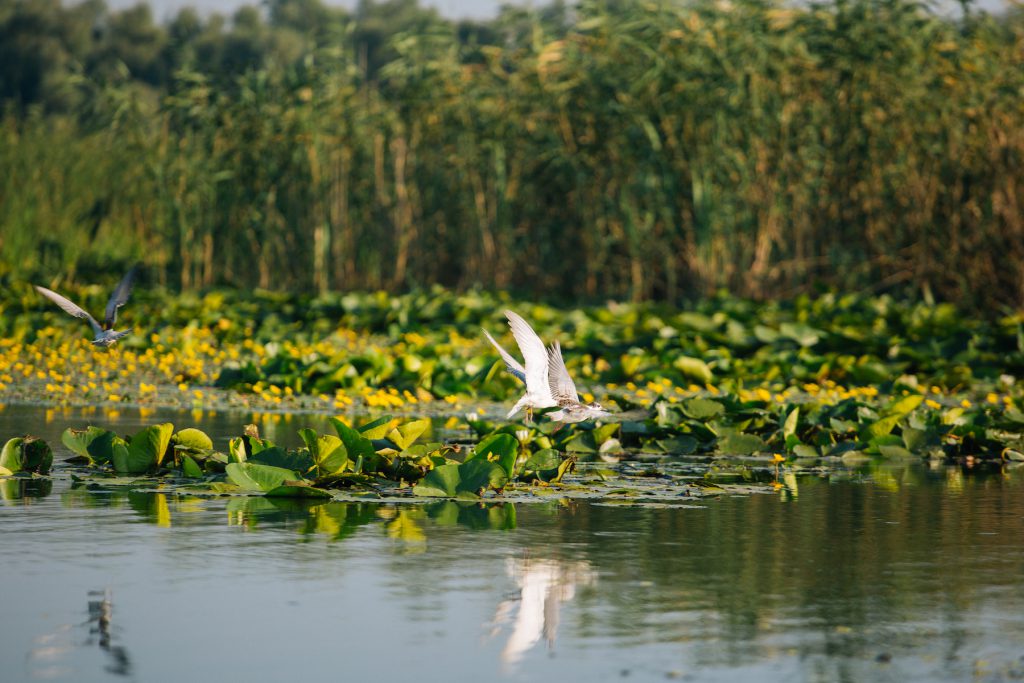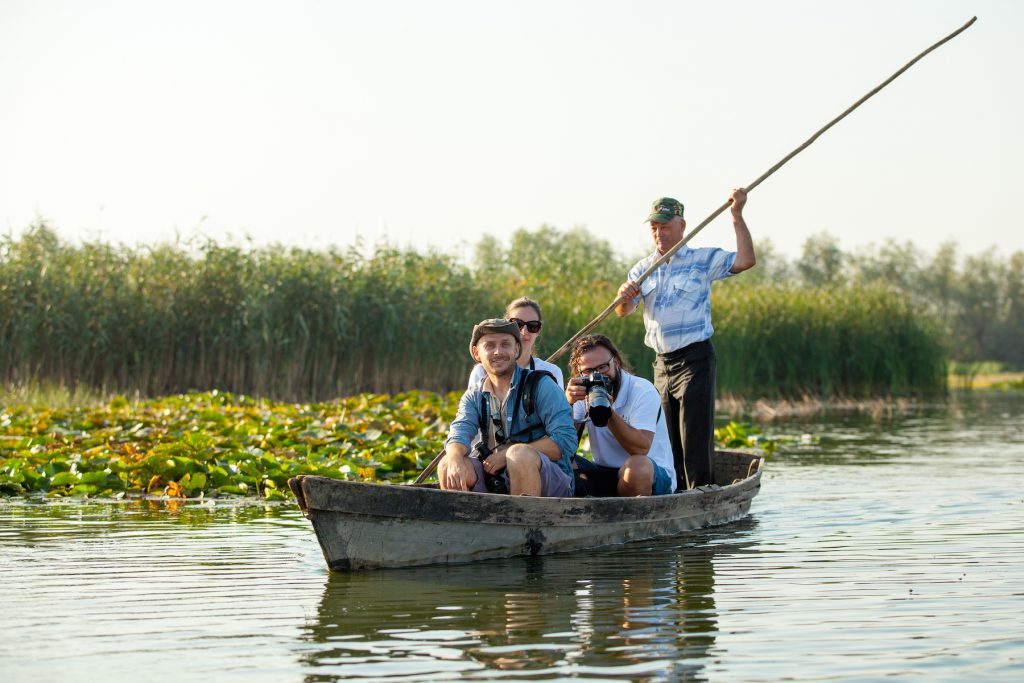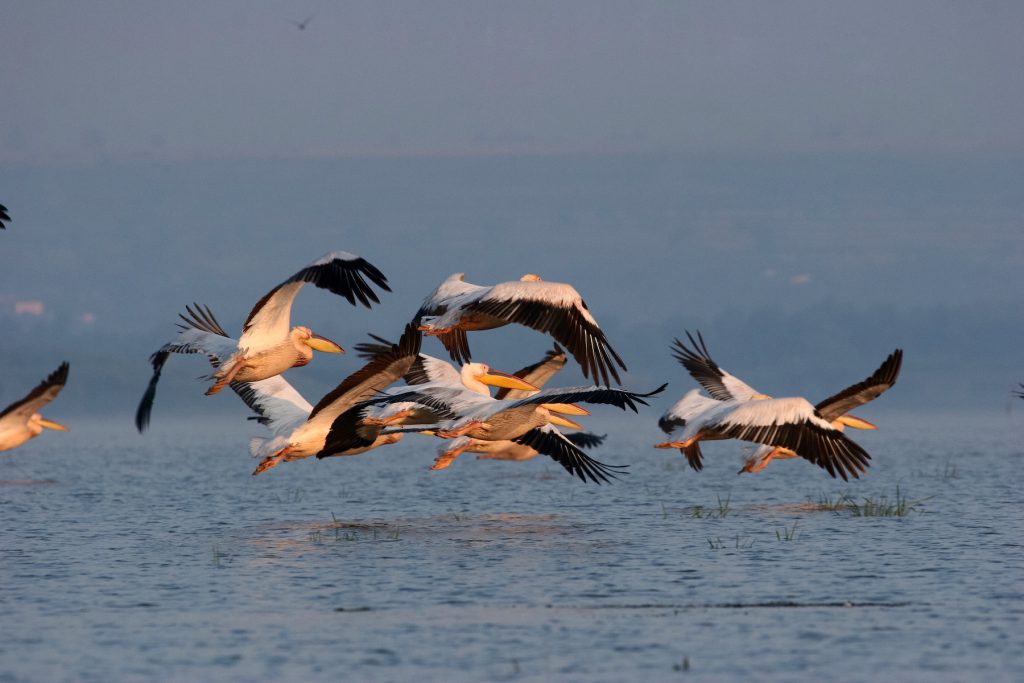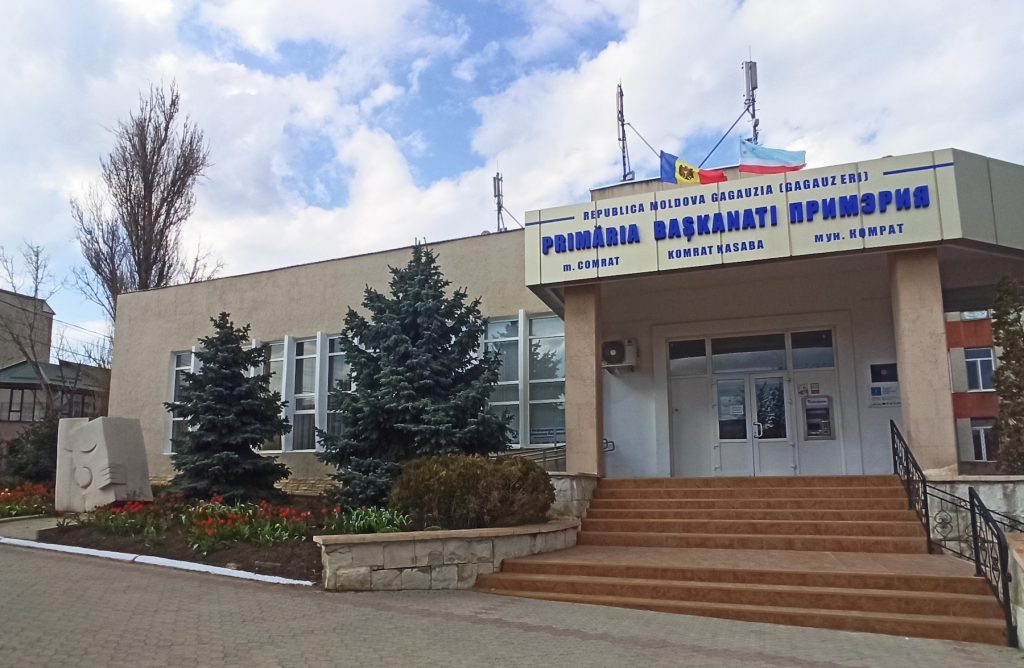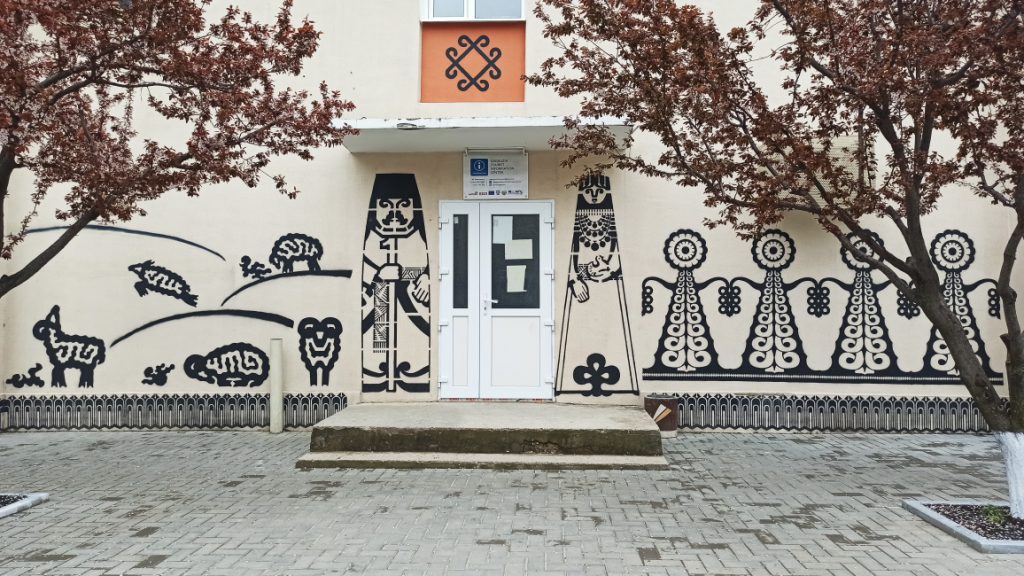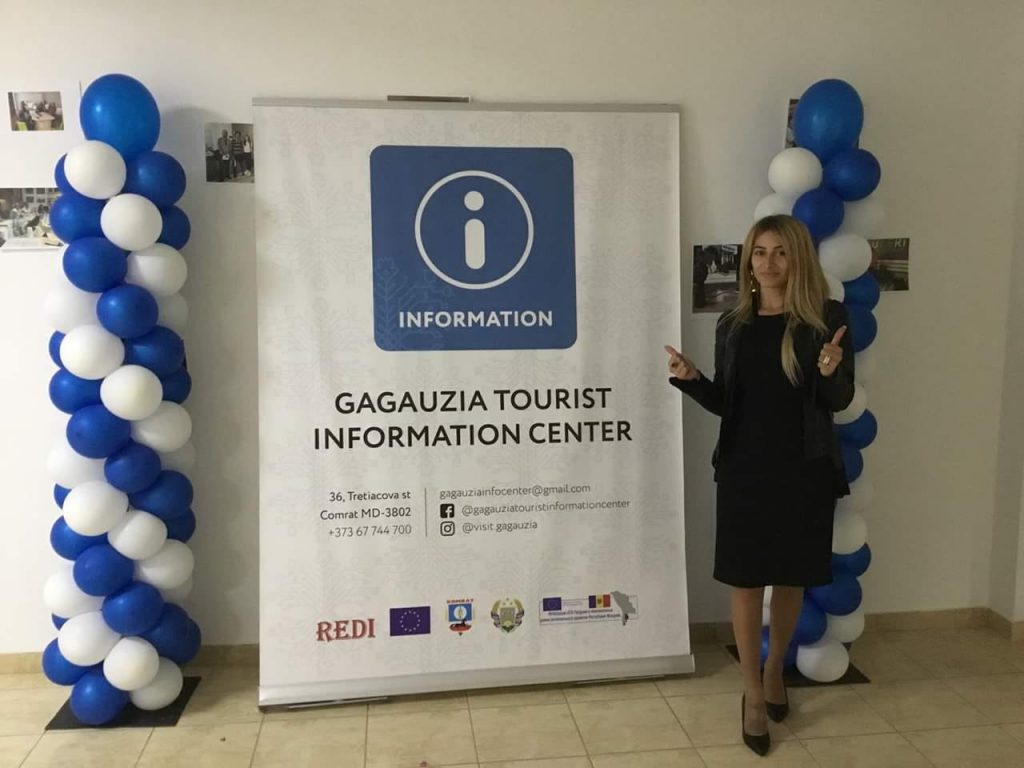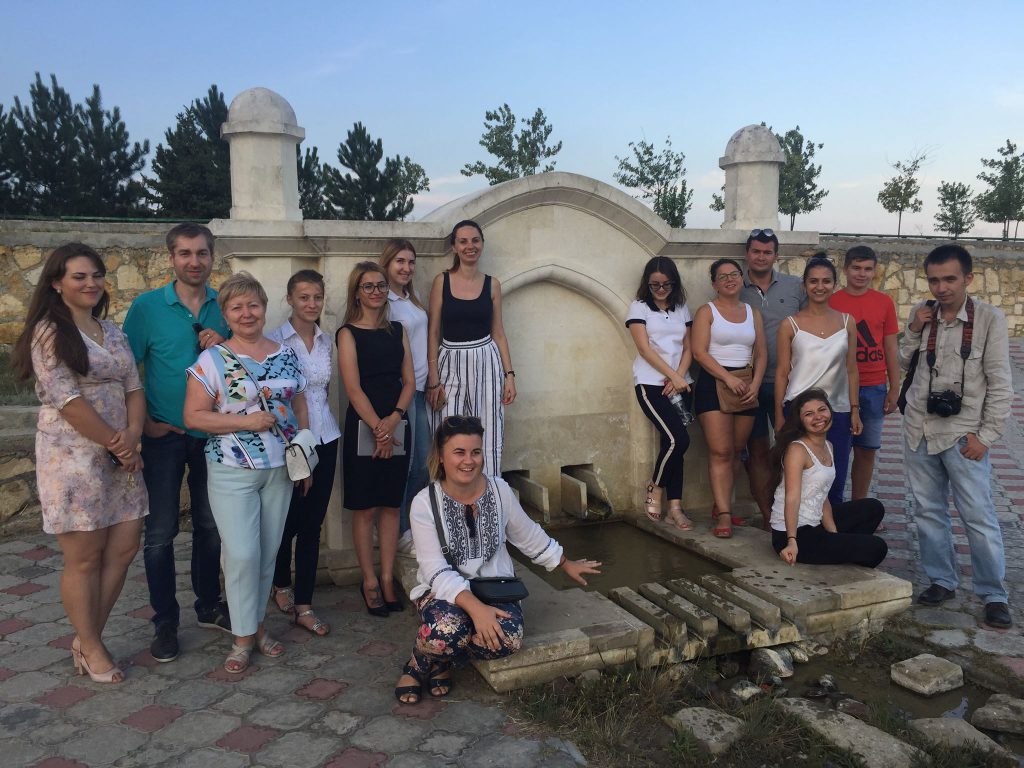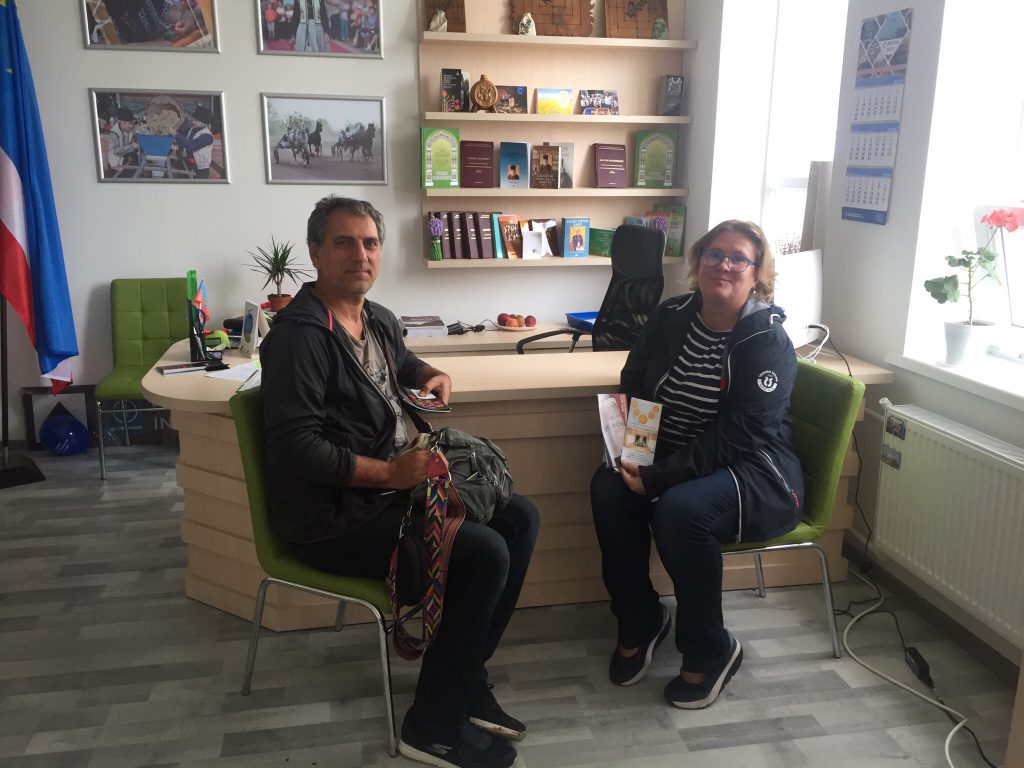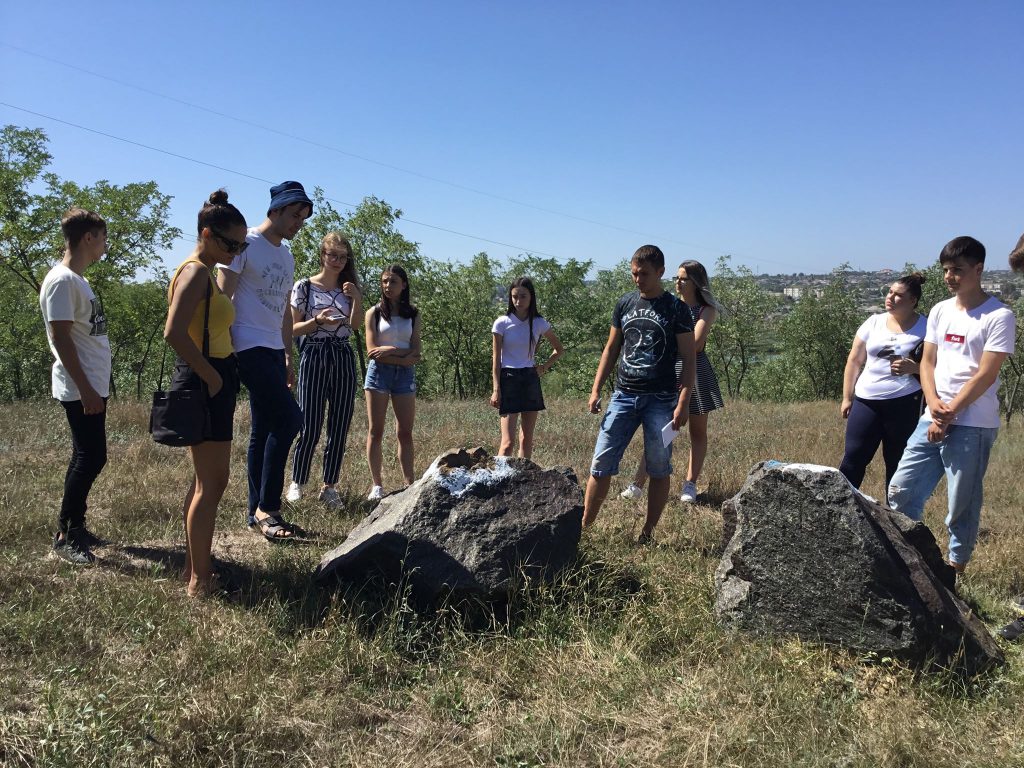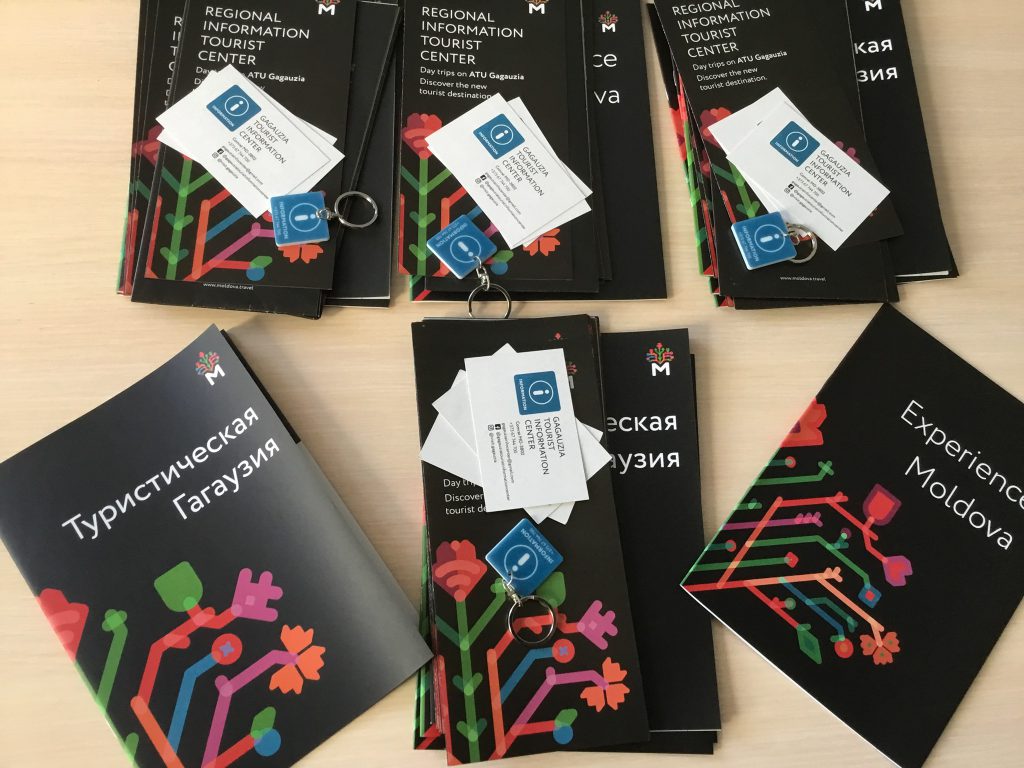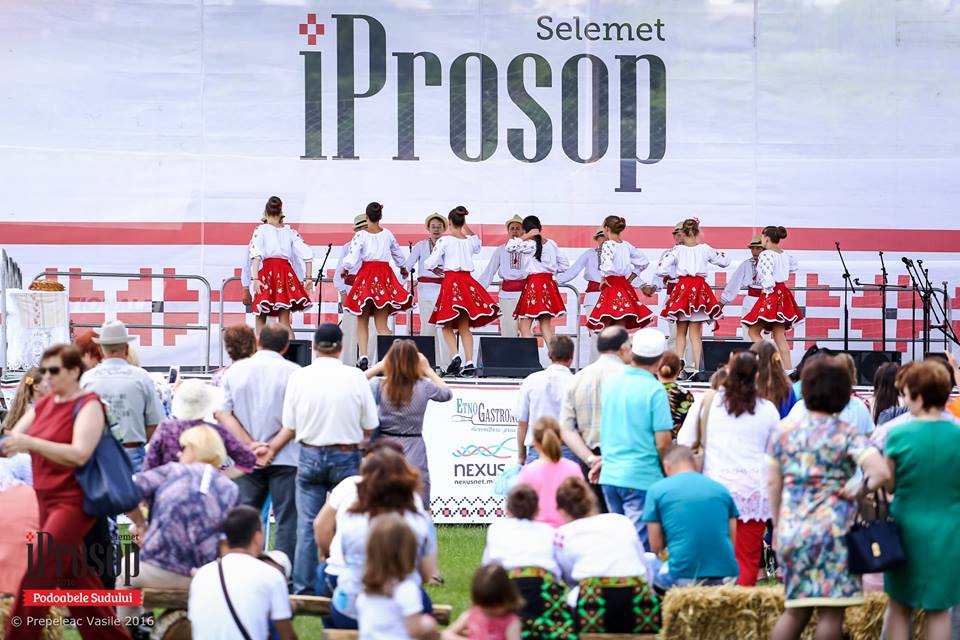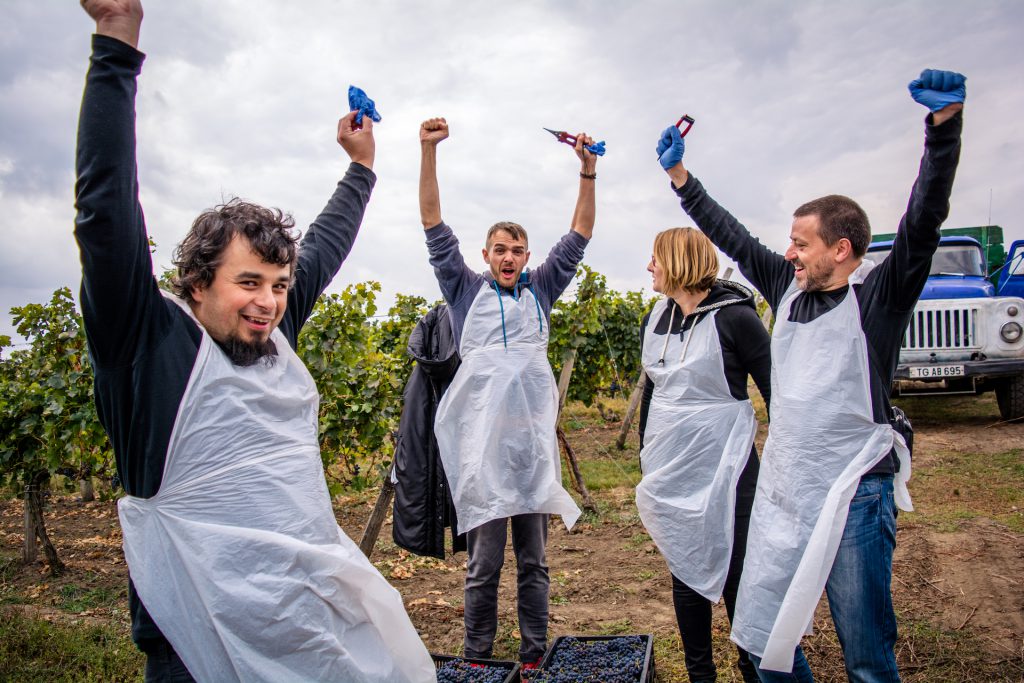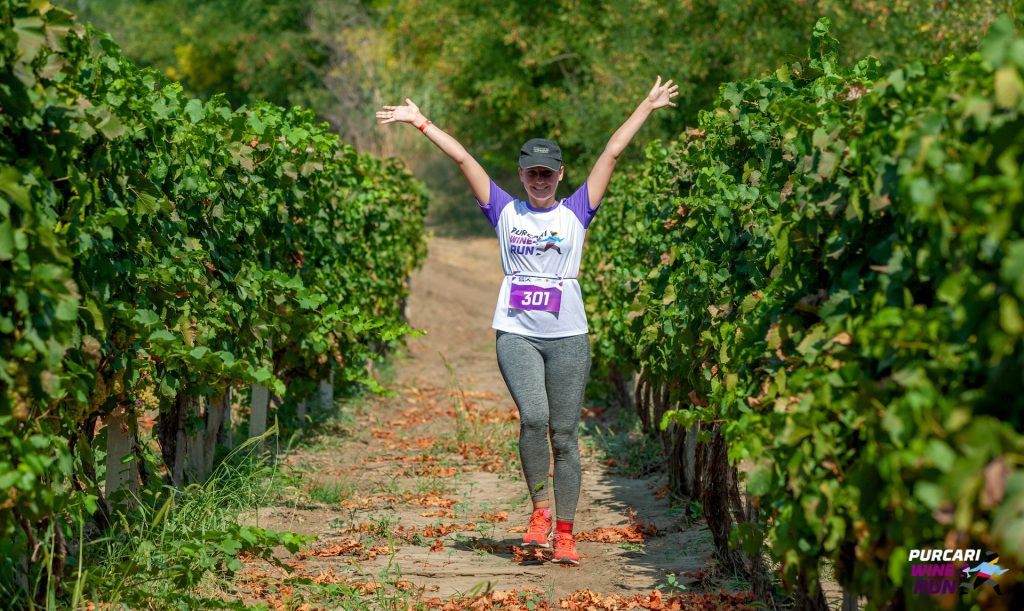For lovers of wine and food, cultural exploration, outdoor adventures and natural beauty, a visit to the south of Moldova is a must! Don’t forget to pack a swimsuit for all the lakes and your curiosity to explore Gagauzia and all the other interesting places in southern Moldova!
Southern Moldova
In southern Moldova you will find no shortage of interesting places to visit, quality Moldovan wines to drink, traditional dishes to taste, natural reserves and lakes, and cycling routes to explore them all. One of the things that makes the south of Moldova so unique is that it is home to Gagauzia with its unique Gagauzian language, culture, traditions and food that speak to the ethnic group’s Turkic roots and deep history.
Want to find out how the taste of gozleme, shurpa or lamb rotis goes with a glass of good wine? Then go to Gagauzia! You’ll be able to discover their traditional costumes, extraordinary traditions and the cuisine of this small ethnic group with a population of around 135,000 people. One of the best ways to experience Gagauzian culture, wine and food is to visit the small Kara Gani family winery in Vulcănești or Sofrasi Guesthouse in the village of Congaz.
But there’s even more to see and do in southern Moldova! Go to Slobozia Mare in Cahul district where Lake Beleu, part of the Lower Prut UNESCO Biosphere Reserve, will fascinate you with the diversity of birds and water lilies. If you’re lucky, maybe you’ll catch the pelicans that migrate here to spend the summer. Rent a boat from the Nature Reserve to get the full Lake Beleu experience, immersed in nature.
The village of Văleni in Cahul district was awarded a UNWTO Best Tourism Village in recognition of all its cultural and nature-based travel experiences that support the local community. You can stop by the Bread Museum where you not only will learn the history of festive bread and their symbolism in Moldova, but you will also have the opportunity taste a freshly caught fish from the nearby lake.
And one of the best things about the south of Moldova is that you are never far from a quality winery to taste local Moldovan wines, enjoy a delicious meal and stay overnight in one of the rooms. One favorite place for this is Et Cetera Winery in Crocmaz village or nearby Chateau Purcari, but you will come across many other excellent Moldovan wineries in this region. In fact, there’s are two wine routes in southern Moldova – the Valul lui Traian Wine Route and Stefan Voda Wine Route — that will take you by the region’s wineries and past many of southern Moldova’s best sites.
This southern Moldova travel guide includes details on all the best places to visit in the south of Moldova, including a map highlighting all the top things to see and where they are located. We also share information on cycling routes (Discover South Moldova Cycling Routes and Chisinau-Palanca Cycling Route), the Gagauzia Tourist Information Center, where to stay in southern Moldova, as well as local festivals and events.
————
If you’d like assistance in planning your trip to Moldova or creating a customized travel itinerary with a mixture of the things to do and attractions highlighted below, please get in touch with one of our trusted Moldovan tour operators or travel agencies. You can also search for a qualified Moldovan tour guide with foreign language skills and expertise on different topics.
Explore locations in the South of Moldova
Gagauzia
See on mapKnown as the most colorful part of Moldova, the southwestern enclave of Gagauzia will amaze you with its energy, traditions and people. Gagauzia, which declared itself autonomous in 1995, is culturally distinct. Gagauz are closer to the Turks than Moldovans, although they are Orthodox Christians rather than Muslim. UNESCO highlighted another distinction when it declared the Gagauz language extinct, like Latin. Gagauz costumes and traditions are also different. The people even have an unusual way to celebrate Christmas. When the holiday they call Colada rolls around, Gagauz hunt wild pigs, using their spleens to make new year’s predictions and their skin to make shoes.
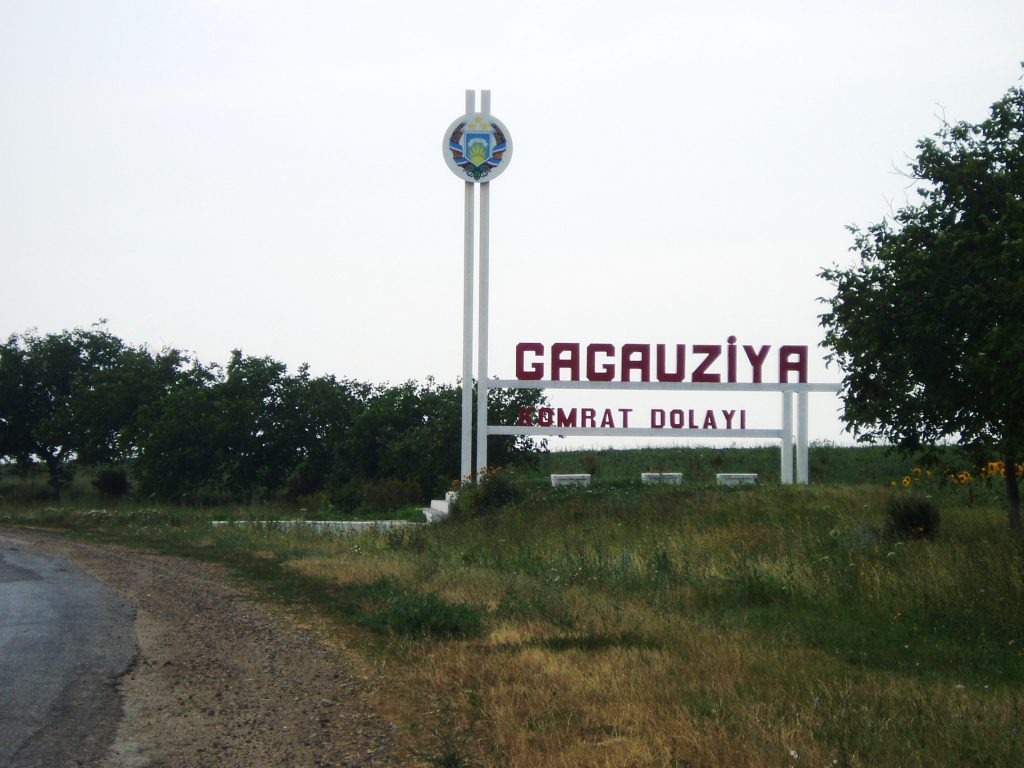
Comrat
See on mapComrat, the de facto capital of Gagauzia, will conquer you through gastronomy first. Gagauz cuisine is rooted in their nomadic past. Two staples are lamb with herbs cooked for hours in a pot and ribs coated with a couscous paste of hot pepper and other spices. For color and tradition, you can’t beat a Gagauz wedding — so if you get a chance, by all means go to one in Comrat. A particularly exuberant part of a wedding is the celebration of a bride taking her dowry from her parents’ home to her new in-laws’. The whole village gathers on the street to mark the occasion with singing and dancing. The best time to come to Comrat is May, during the Hederlez festivities, which feature horse races and the earth shaking as Gagauz do a communal dance known as the Horo.
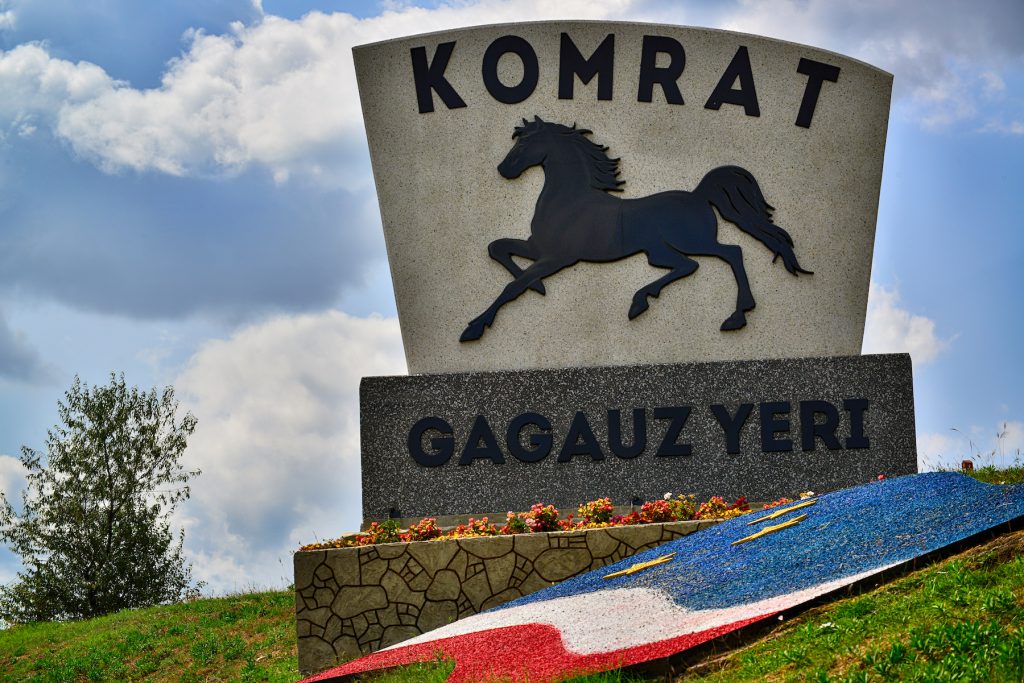
Kara Gani Winery
See on mapVulcanesti is a place where many ethnic groups live side by side, offering visitors a view of a tapestry of cultures. One of those ethnic groups is the Gagauz, who put great food on their tables, along with good will, hospitality, generosity, and noisiness. The Kara Gani winery will serve up all of these, plus a good glass of wine. Some visitors prefer rosé, others grape brandy. You’re sure to find one you like. And Gagauz food? Everything they serve is yummy. This includes cheese made from sheep’s milk; pide, a pie containing cow’s cheese; gozleme, a pie filled with a mix of cow’s and sheep’s cheese; shorpa, a spicy lamb soup; mangia, a tomato and pepper stew that can include chicken; and bulgur — or wheat — with sheep’s offal.
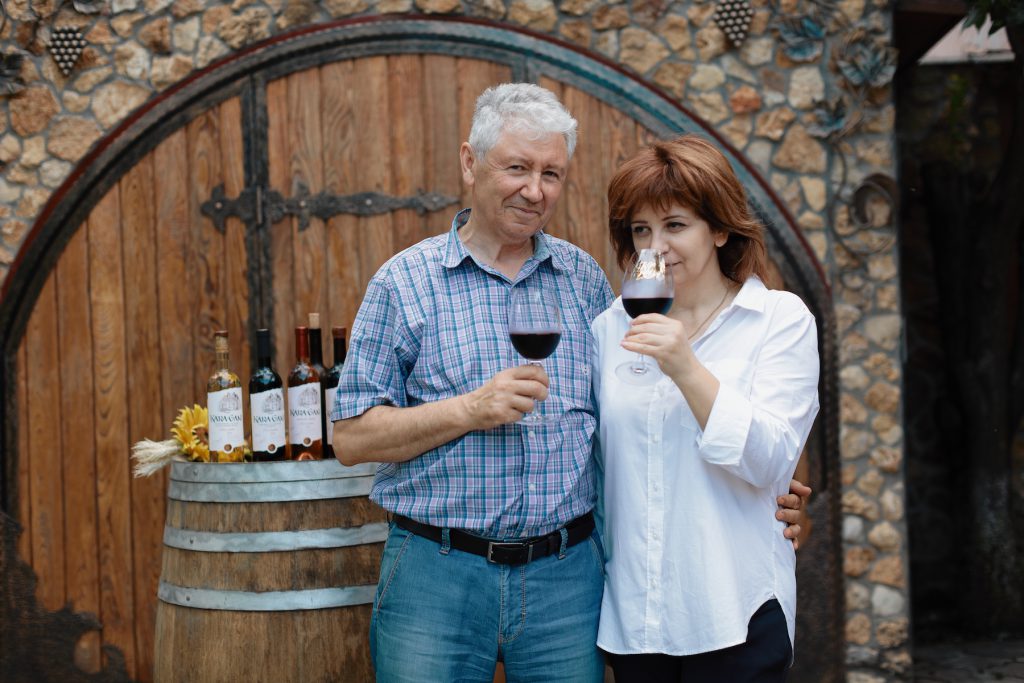
Lake Beleu
See on mapBeleu, Moldova’s largest lake, is on UNESCO’s list of global habitats that should be preserved for their biodiversity. Part of the Prutul de Jos reserve in southern Moldova’s Cahul district, the lake is at its most captivating when its white and yellow water lilies are flourishing. You can see them up close on a boat ride, which you can line up at the Bread Museum in Valeni village.
Another attraction is pelicans, which flock in by the thousands looking for food. A tip for pelican watchers: Stay overnight in a tent on the lakeshore so you can get good views of the birds at sunrise. After they eat, many fly to the Danube for more feasting, returning late at night.
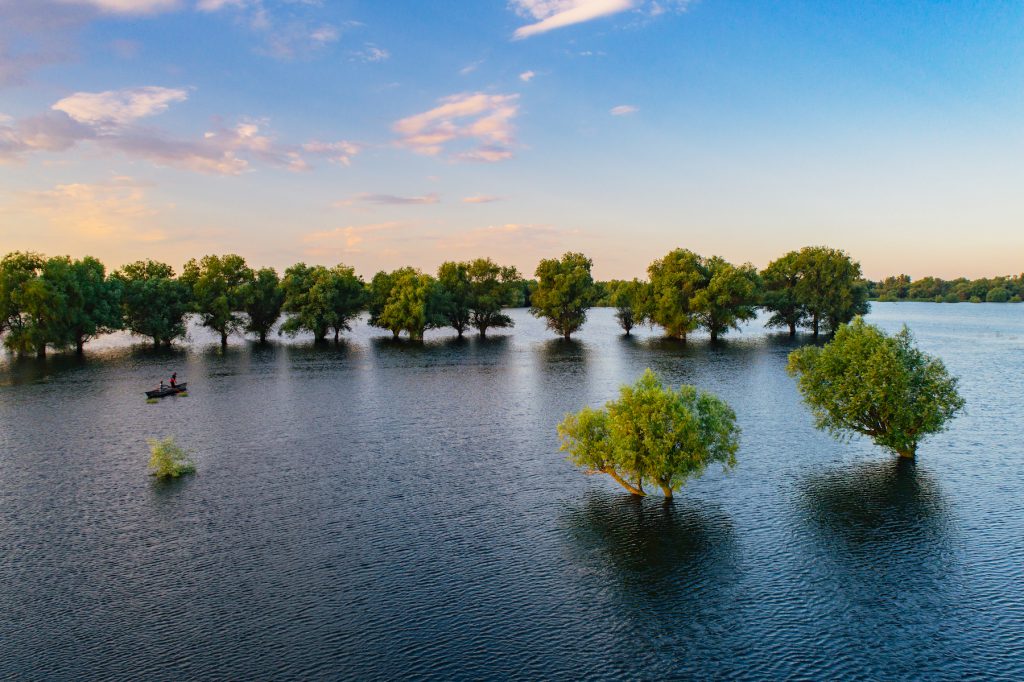
Bread Museum
See on mapMoldova’s traditional bread says a lot about our culinary habits and holiday rituals. A good place to learn the ins and outs of bread is Valeni village, home of the Bread Museum. Your schooling will include which types of festive breads are served on various holidays, and what rituals each type pertains to. Among the festive breads are bagels, hoopoe, pigeons, 12 types of braided wedding bread, and eight braided breads served at Christmas, Mardi Gras, Great Sunday and other holidays.
The celebratory-breads section is just a small part of the museum’s exhibits. A lot of braided breads have colorful names — plocon, bridal hoopoe, groom braided bread, father-in-law braided bread, mother-in-law hoopoe bread, and priest braided bread for the wedding.
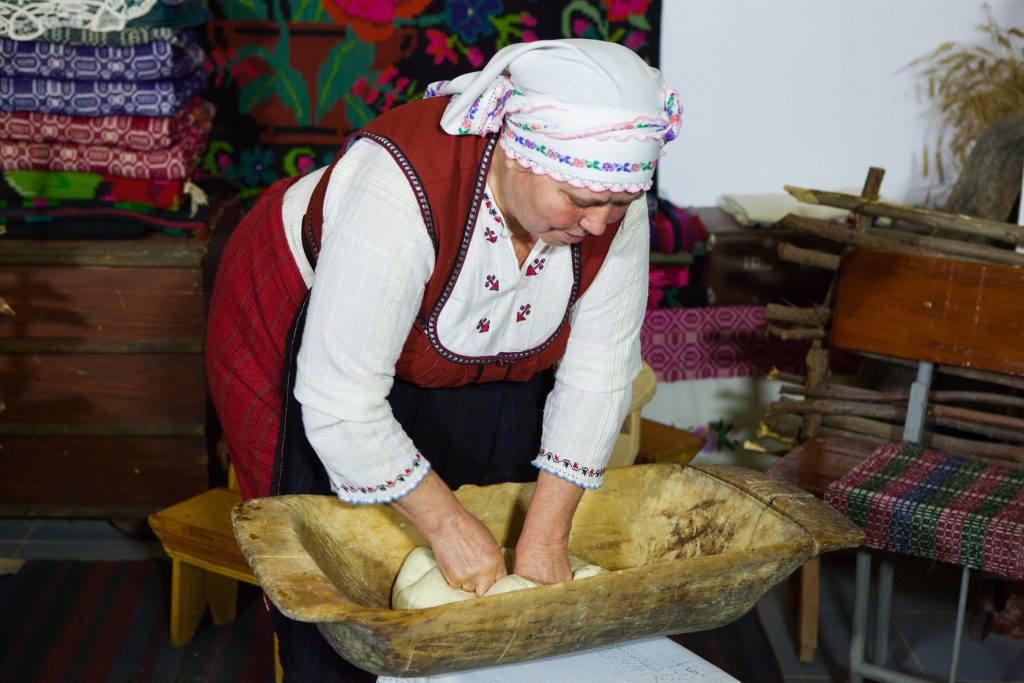
Living Carpet Museum
See on mapIn the village of Beshalma, there is a Living Carpet Museum. The handmade carpets created following 150-year-long traditions are the pride of the village. Besides the history of this craft that can discovered during a visit to the museum, the visitors can learn about all the stages of making a carpet. The aim of the museum is to preserve the inherited ancestral traditions and to inspire the new generations to love and preserve the elements of the cultural heritage.
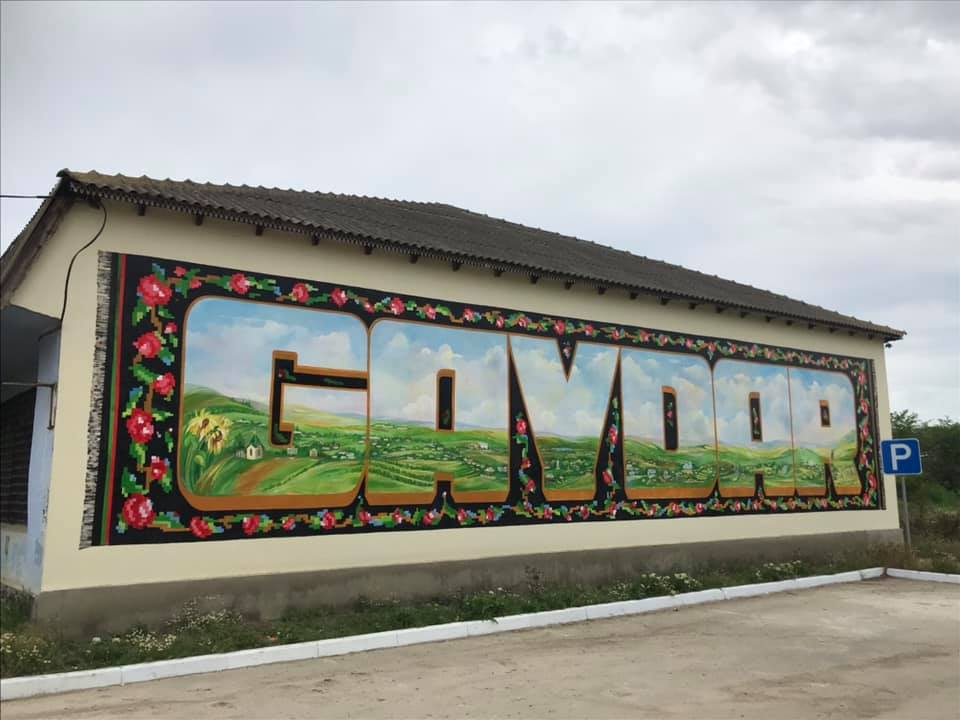
Old Church of the Shroud of Mother of God
See on mapIn Cahul, there is an old church of the Shroud of Mother of God. The Lipovans, old-believers, have built in Cahul a place of worship. The church was built of red brick and it has coloured stained glass windows and metal doors. It also had a cell and a library that were not preserved. The bell tower has crumbled and the original version of the murals was not preserved. Having been renovated in 1913, the church was closed in 1963, when the nearby cemetery, where “soldiers killed in Russo-Turkish wars were buried in mass graves”, was demolished. In 1989, on the initiative of the president of this religious community at the time, the church was renovated and restored, the works being completed in 1994.
History Museum of the village of Slobozia Mare
See on mapThe History Museum of Slobozia Mare is a small, but very beautiful museum with 11,000 exhibits. In fact, it wasn’t always a museum. During the Second World War, the Village Hall and the Border Guard Unit Headquarters were in this building. After the war, there was a hospital for typhus and dystrophy patients in it, then a school, and it was legitimized as a Museum in 1988. In the Peasant House hall, visitors often get lost in details and things. The Memory Room, dedicated to the organized famine, the deportations and the participants in World War II, is dramatic. This museum represents a valuable resource for those interested in the history of the locals.
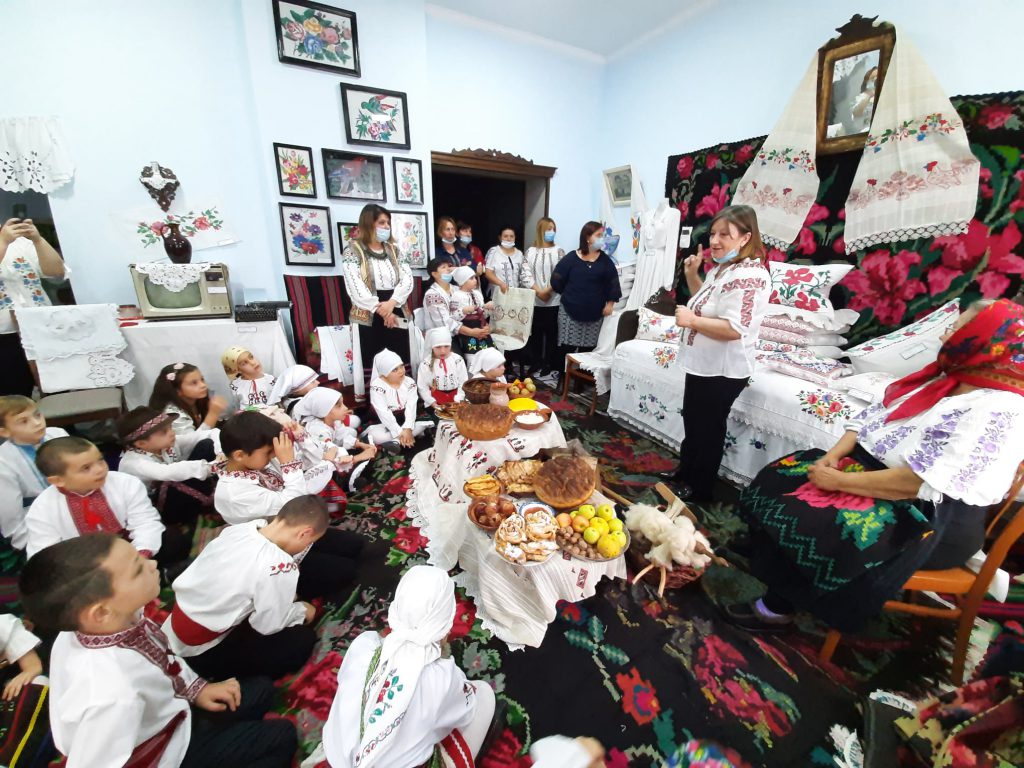
Colinele de Aur, Văleni village
See on mapAt 30 kilometers from the city of Cahul there is a chain of hills that the locals called “Colinele de aur” (“Golden Hills”) due to the reddish-yellow hue of the clay that came to the surface. These attracted the attention of several researchers who discovered geological and paleontological vestiges here that testify to the past of the places. Skeletal remains of mastodons, camels, rhinos and other creatures were found here. Travelers can stop to admire this natural monument, or even climb it and admire the village of Văleni and Lake Beleu visible from atop the “Golden Hills.
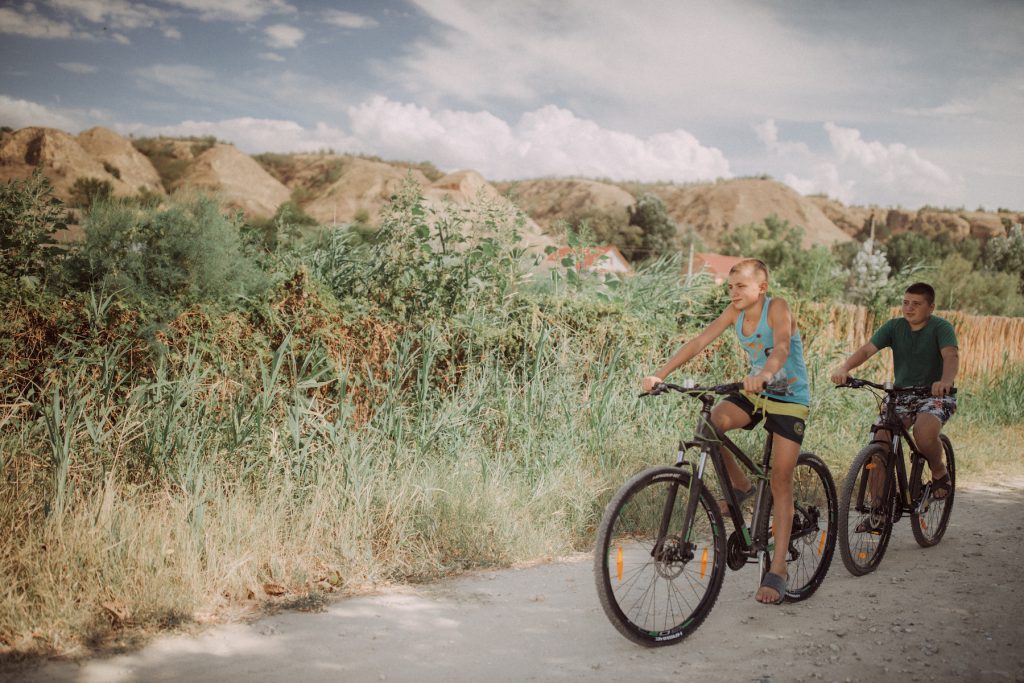
Petru Rareș’s Road
See on mapVăleni village Legend has it that, before ascending the Chair of the Land of Moldova, Petru Rareș, son of Ștefan cel Mare, would have lived a quiet life as a fisherman around Văleni. “Petru Rareș’s Road” is a route that winds for a distance of 9 km among the thickets of reeds, willows and legends, connecting with the other bank of the Prut. Another story says that while on a hunt in the region, Petru Rareș dreamed of the Golden Hills of Văleni knealing to him, and the next day he found out the news that he would become the ruler of Moldova. At present, this route has remained a historical and cultural heritage shrouded in mystery for the South of Moldova.
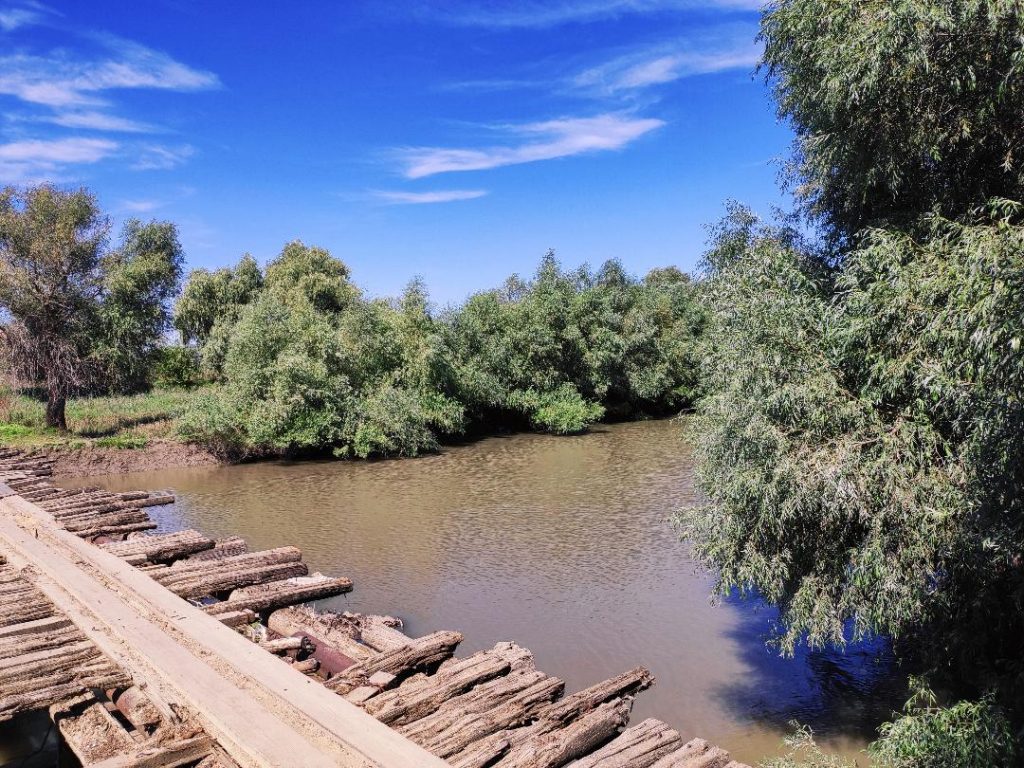
Gagauz National Museum of History and Ethnography
See on mapThe Gagauz National Museum of History and Ethnography presents unique exhibits of Gagauz national costume, traditional women’s jewelry, work tools, household items and ethnography of Gagauz peasants from the 19th century. You will also learn about the traditions and customs of the Gagauz people and get acquainted with their wedding customs. In fact, the Gagauz are the only Christian Orthodox people of Turkish origin.
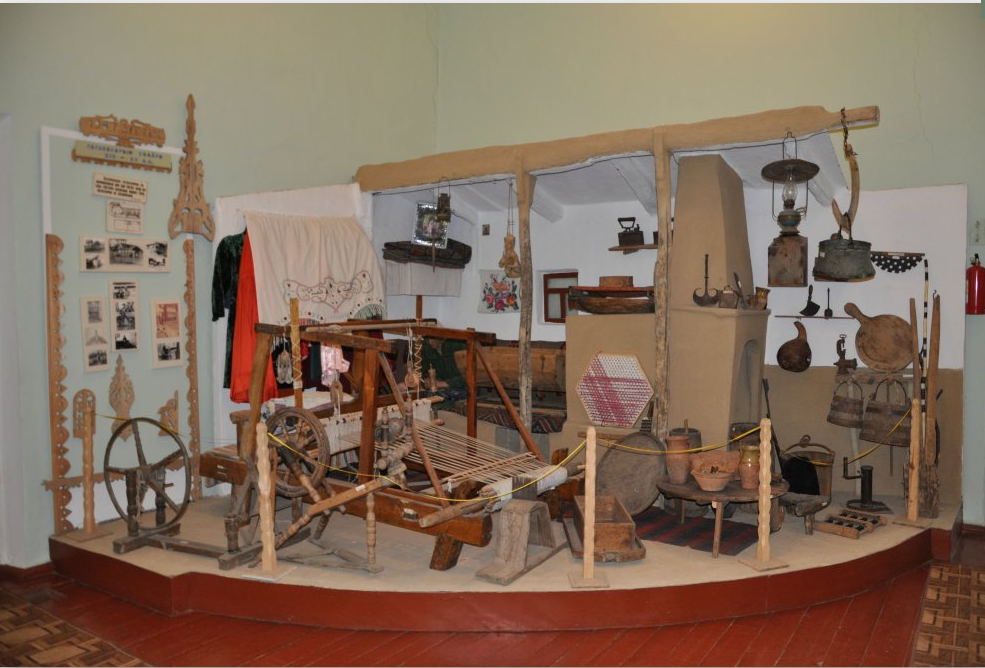
Alexei Mateevici Musem House
See on mapLocated in the village of Zaim, Causeni, the Alexei Mateevici house-museum was founded in 1988, on the poet’s centenary. The current museum building was built by the poet’s father, the priest Mihail Mateevici. The museum has six rooms that reveal the poet’s contemporary atmosphere through paintings, sculptures, household objects and documents, a library of rare books and antique furniture. In one of the museum’s halls you may find the “Table of Silence”, which stores both soil from the graves of Romanian literature classics such as Mihai Eminescu, I.L. Caragiale, George Coșbuc, Mihail Sadoveanu as well as from the graves of Alexei Mateevici’s parents. The Museum holds over 7000 articles, photos and personal items.

South of Moldova bike route
Palanca Cycling Tour – Chisinau Palanca
The cycle tourism route is unique in Moldova, with an impressive distance of 226 km, 6 segments and dozens of circuits around the destinations in the Codru and Ștefan Vodă regions. The tourist route provides information and offers of tourist experiences at wineries, local museums, pensions, and monuments, thus increasing their attractiveness.
- Distance: 226 km
- Nr. of segments: 6 segments
- Difficulty level: variable, depending on segment
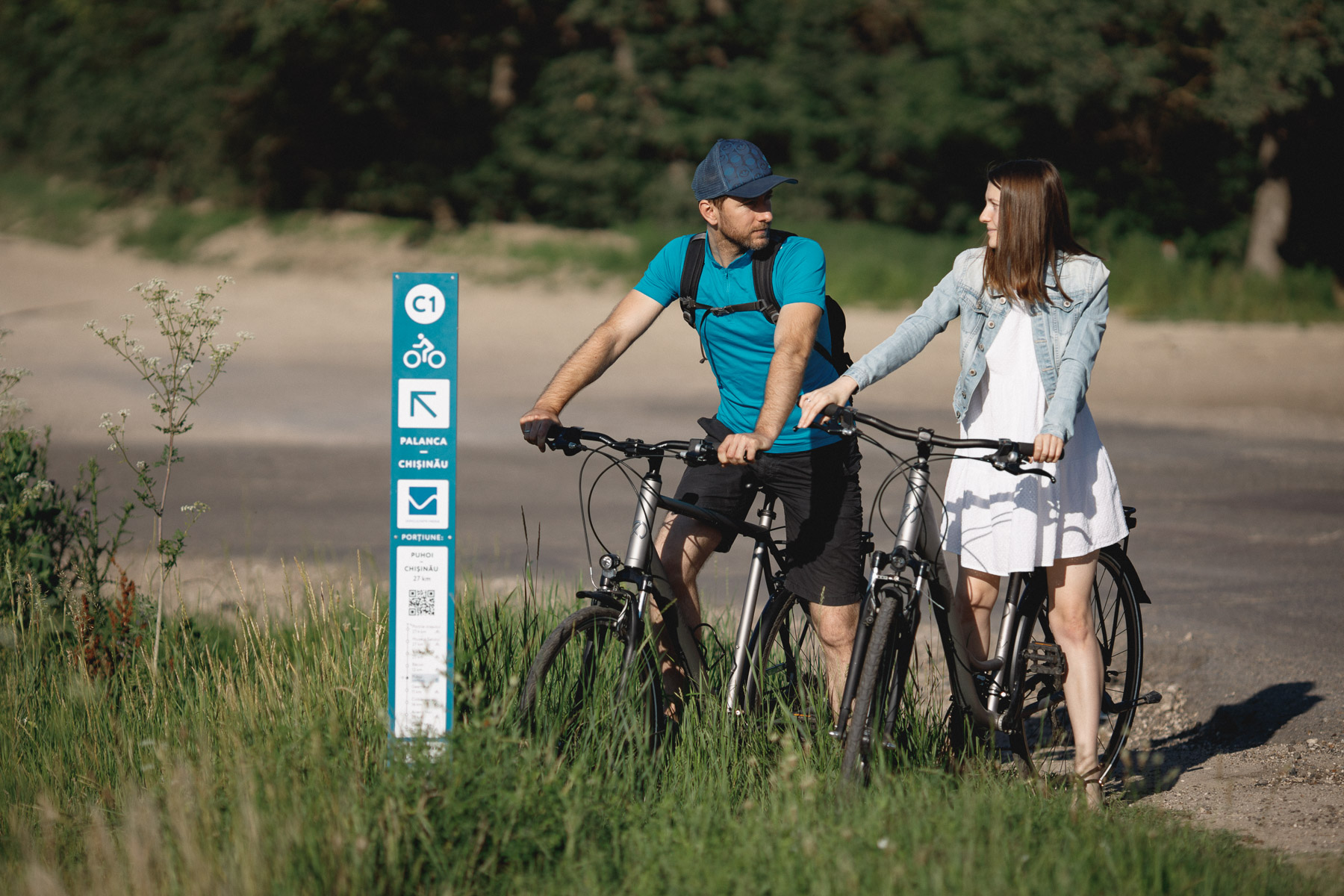
Gagauzia Tourism Information Center
If you are looking for guided excursions, local recommendations, assistance on identification of best places to visit, or if you just want to find out about the planned festivals in the region, you will be welcomed in this location.

Contact data
- Comrat City Hall
- Tretiakov 36 str.
- 0677 44 700
- gagauziainfocenter@gmail.com
Guesthouses in the South of Moldova
Eco Village Vаleni
See on mapThe owners of Eco Village Valeni will not only provide you with lodging, but also wooden boats you can use to glide across Lake Beleu, one of Eastern Europe’s most pristine bodies of water. In the boats you can float among water lilies so lovely that it looks like they have been painted on the lake’s surface. If you like fishing, try your luck! An amazing sight is flocks of water birds arriving in Lake Beleu, particularly pelicans. The village of Valeni offers delights as well. You can watch traditional carpets being made on sturdy old looms or visit the Bread Museum, which contains dozens of varieties of this Moldovan staple. Another intriguing spot is a wine cellar with a secret chamber where the women of Valeni hid from invading soldiers in both world wars.
Gagauz Sofrasi
See on mapIf you go to Congaz, which the locals have dubbed the largest village in Europe, you must stay at the Gagauz Sofrasi Guest House. Its authentic wooden houses amount to a miniature version of a traditional Gagauzian courtyard. The complex, which can accommodate 20 people, is built entirely of natural materials. All of the architectural trappings repeat, in the smallest detail, what locals of 100 years ago saw in their homes. These include stoves with lejanca — extensions where you can lie down — plus small wooden windows, hanging rugs, and traditional wool carpets.
Spend the night at Gagauz Sofrasi, enjoying the traditional costumes and dances, savoring Turkish meat dishes such as kavurma, and munching on gozleme bread, pizza-like pide and manga pie.
La Gura Cuptorului Guesthouse
See on mapThe La Gura Cuptorului guesthouse is next to the Bread Museum in Valeni and not far from the Prutul de Jos nature reserve and Lake Beleu.
If you stay, you will want to learn about Moldova’s traditional breads. This will include the difference between botcala — spontaneously leavened bread — and yeast-leavened bread. You will also learn how to create hoopoe, or mother-in-law bread, and burnacei, pigeon bread.
Your stay wouldn’t be complete without meeting Lidia Bejenaru, the Grandma of Valeni, who gained international fame as a member of a Moldovan folk ensemble. She charmed millions of Eurovision talent contest watchers with her drum-playing in 2005.
Mester Faur
See on mapYou’re in for a once-in-a-lifetime treat at the Mester Faur, a treehouse inn with thatched roof that you reach by walking up an outdoor staircase. The thatch is a great fit for Cioburciu, whose history dates back 650 years. Around the village is one of Moldova’s loveliest forests. If you love soaking up nature, then a walk through this relaxing woodland is for you. You can also go boating or fishing or tour the Purcari winery.
Casa Veche
See on mapCasa Veche is a more than 100-year-old village house that will give you an idea of how rural Moldovans lived at the turn of the 20th Century. Its owners decided recently to turn it into a bed and breakfast for those looking for a traditional country experience, which can include seeing horse-drawn carts. The food at Casa Veche, which is close to the Dniester River and the Ukrainian border, is all-natural. An interesting story about Palanca village is that an agreement in 2012 that ended a border dispute between Ukraine and Moldova meant that many villagers’ homes were still in Moldova while their farmland suddenly ended up in Ukraine. A new border checkpoint in 2018 has made it easier for the villagers to tend those plots.
Casa Bunicului
See on mapThis guest house is an ideal place to spend the night and enjoy a home-cooked healthy meal after a day of cycling and exploring the region. The proximity to the Prut River and the natural Manta Lake gives the place a special beauty, and the hospitality of the hosts and the aroma of Moldovan dishes will make you want to stay longer or perhaps return here again and again.
